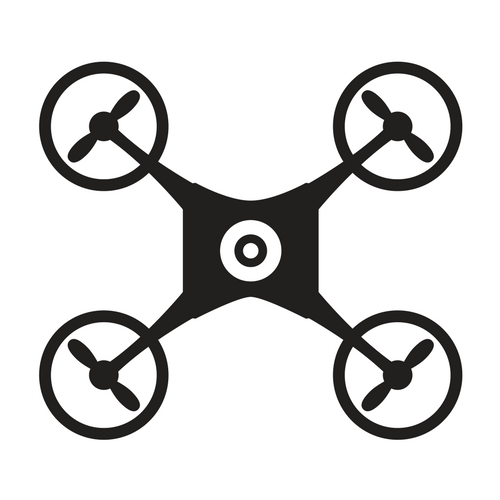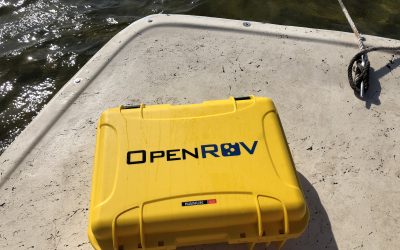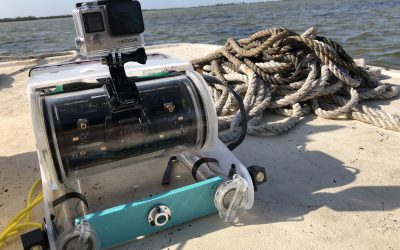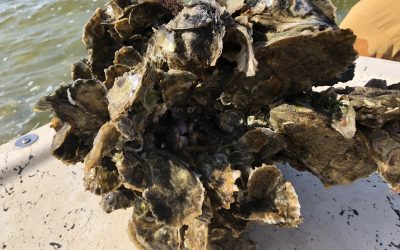
Veliger
Meet Team Veliger, who have been working alongside James Madison University Biology Professor Patrice Ludwig to assist in oyster restoration efforts in the Chesapeake Bay. To date, there has been a catastrophic 99% decline in global oyster populations. Although restorations on both the national and local levels are working to create new and artificial reefs for oysters to grow on, the role of the physical structure of reefs is mostly unexplored. Ultimately, this knowledge gap has led to less successful artificial structures. To better understand the environmental and physical structure of this keystone species, visualizing oyster reefs through virtual reality and/or photogrammetry may ultimately allow for the creation of physical prototypes that better reflect natural reefs.
Meet the Team
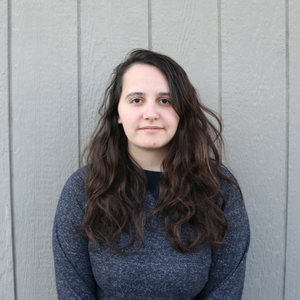
Natali Bushamani
Physics, Senior
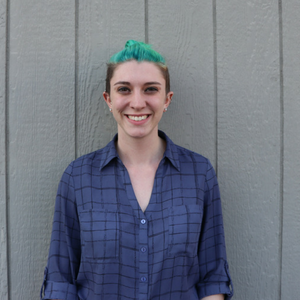
Alex Shaffer
Biology, Junior
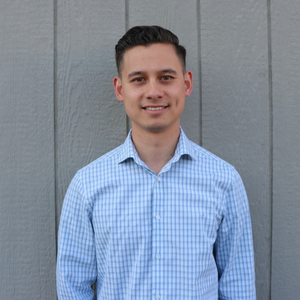
Savio Duong
Industrial Design, Senior
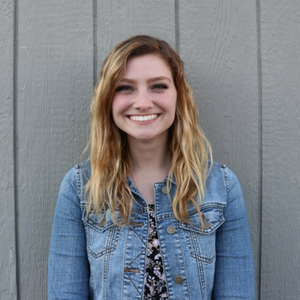
Catie Willett
WRTC, Senior

Eamon MacDonald
Biology, Senior
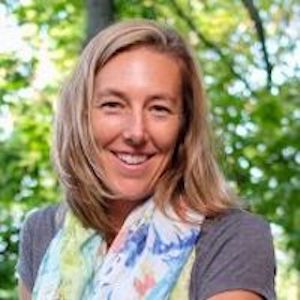
Patrice Ludwig
Biology Professor at James Madison University
The Process
Click left or right arrows to view the process the students went through.
The Impact
Team Oyster’s ideal plan is to have a two drone system: an underwater drone (ROV) and an ariel drone (UVA). Both of these drones will be used to assist in the Chesapeake Bay’s oyster restoration efforts, and possibly, even oyster restoration efforts around the country. Although both drones will work with the oysters directly, the purpose of each drone is slightly different.
Build up of sediment on the bottom of the bay has a negative impact on bottom-dwelling species such as oysters. Increased runoff has put a strain on the ability for oysters to outgrow the buildup of sediment. Thus, the team will use a remotely-operated underwater vehicle (ROV) with a front-facing propeller that will act as a blower to aid restoration by providing the option to disturb built-up sediment off of oyster reefs to provide relief for the oysters.
The physical structure of reefs and their role in the health of the overall colony. While water quality prohibits effective underwater data collection. The use of a UAV equipped with a high-quality camera could allow for the generation of detailed 3D models through the use of photogrammetry. These models would then allow for a closer study of overall reef structures and how individual oysters relate to each other.
%
Oyster Decline in the Bay
Gallons of Water that a single Oyster Filters
%
Present-Day Supply of Oysters from the Bay
Learn More
Field Testing in Hudson, Florida
On April 12, #TeamOyster traveled to Florida to test their oyster research projects on live oysters.
Talking Tech: Veliger’s Two Drone System
Team Oyster’s ideal plan is to have a two drone system: an underwater drone (ROV) and an ariel drone (UVA).
Meet the Most Powerful Mollusk: the Oyster
Today, there has been a 99% decline in the oyster population. As such, only 1% remain. Why is this such a problem?
